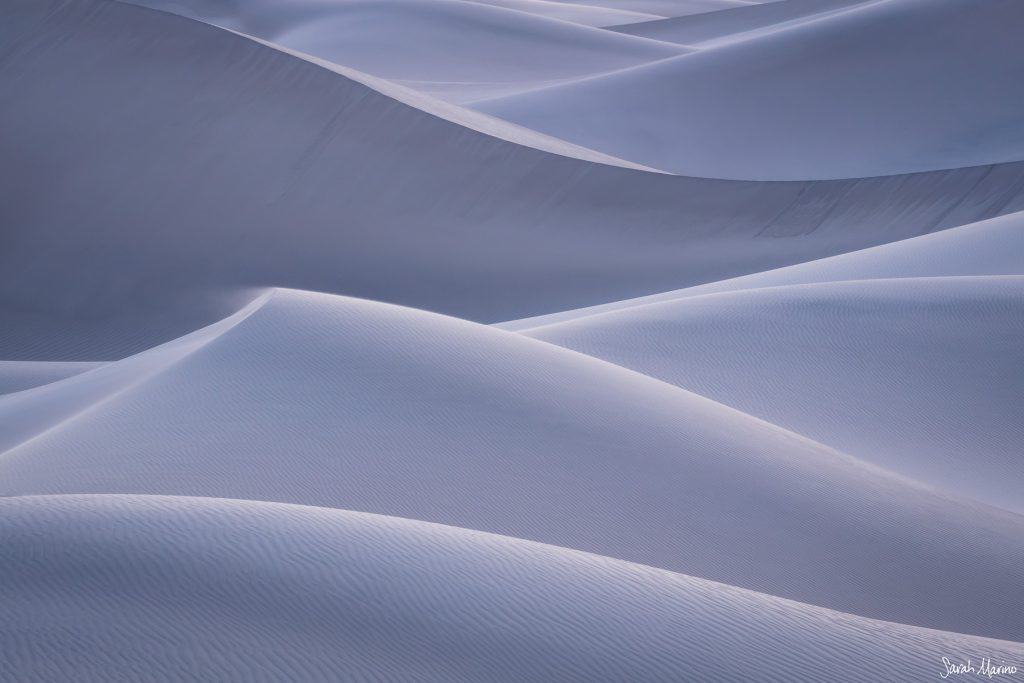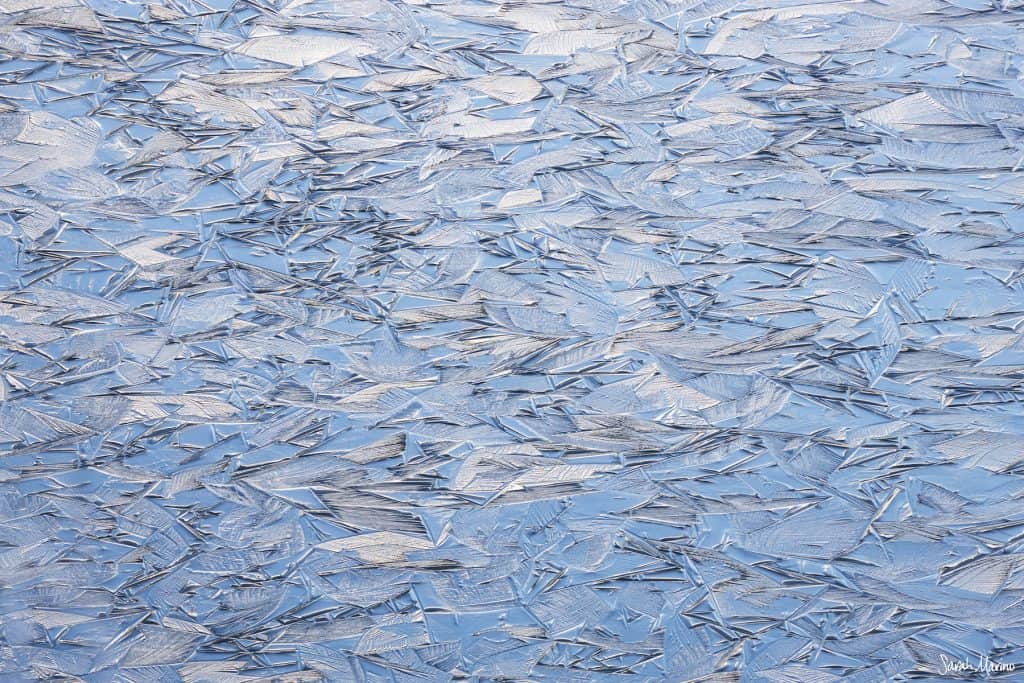
A few weeks ago, I sat in my backyard talking with another photographer about her experience in seeking to create more personally expressive work. While reviewing some of her photos, she commented, “It is exhausting to spend so much time getting out of the mindset of doing things the ‘right way.’” Yes, yes it is! Or the workshop student who told me earlier this year, “I really wish I had never learned the rule of thirds.” Yep, I agree! I understand these frustrations because I, too, have spent a lot of time working my way out of habits that are encouraged as the “right way” to pursue nature photography, at least in the dominant culture of photography that exists in the American West. Below, I share how some rules and conventions limited my thinking and got in the way of expressing my interpretations of nature, plus some advice for a better approach.
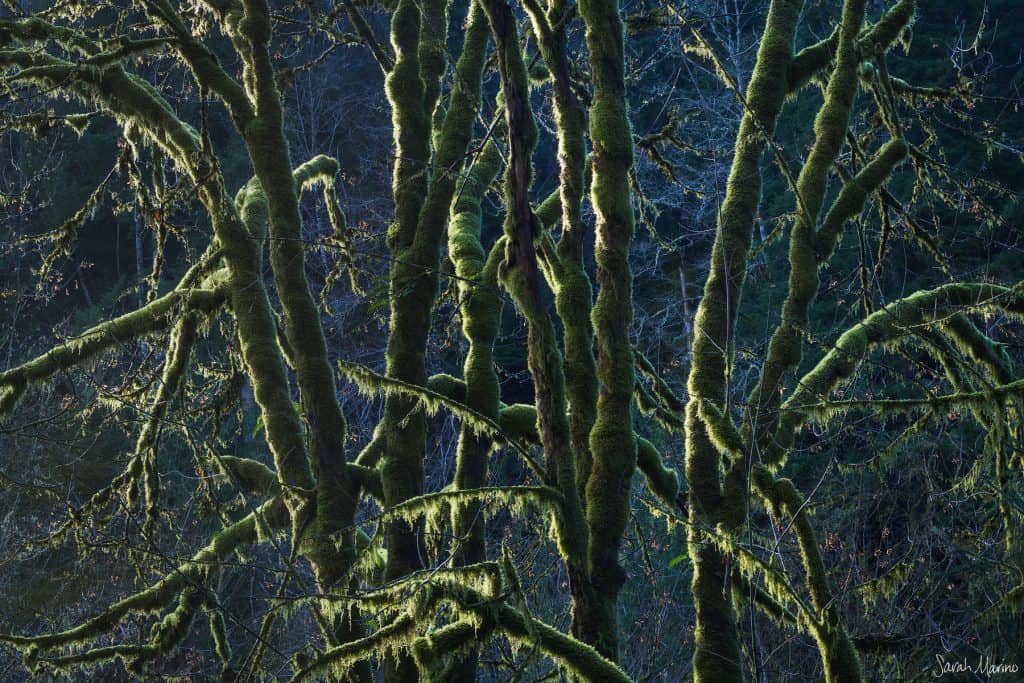
The Right Ways to Do Nature Photography
This list reflects a sampling of the “right way” to do nature photography, including rules, conventions and laws that you should follow to create good, great, and epic photos of nature (yes, LAWS – in preparing this article, I came across a popular post about the “laws of landscape photography”). I have personally listened to well-regarded photographers say most of these things, with a few bits of wisdom from the internet thrown in to round out this compilation. As you read through these entries, think about whether each piece of advice is limiting or expanding in terms of photographic opportunities, personal expression, and creativity.
- EPIC PHOTO, BRO! Every photo needs a “wow” factor to grab and keep the viewer’s attention, like a sweet foreground or an epic sky. (If at least half of the comments on an Instagram post do not contain such superlatives, you have failed as a photographer.)
- BOLD COLORS: Bolder, brighter colors create better photographs. Your colors need to POP! to attract attention. Saturated REDS and GREENS, please!
- YOU MUST BE PREPARED & VISIT ONLY THE BEST LOCATIONS: You need to visit a compelling location at the right time of day and in the right season to create a successful photograph of nature. Also, you have to learn everything you can about a location before you go so you can be prepared.
- FIND THE BEST COMPOSITION: There is one “best” composition at any location (wisdom conveyed on the first workshop I attended). You need to work on finding that “best” composition. And speaking of composition… Your composition needs to pull the viewer into the scene (variations on the theme: every photo has to have depth, use leading lines, the best photos should have a diagonal flow, etc). And the MOST IMPORTANT composition advice of all: use the rule of thirds or the rule of odds or the rule of the golden spiral/golden ratio (if it is golden, it deserves to be a rule, right?). But NEVER, EVER center your subject. Centered compositions are boring. And being BORING is the WORST.
- ONLY GO OUT DURING GOOD LIGHT: Only photograph during the golden hour, and only if there are colorful clouds in the sky (this is “good light”). Also: flat light is boring light. And: there is nothing to photograph during the middle of the day. Only people who do not know what they are doing photograph during the middle of the day.
- EVERYTHING MUST BE IN FOCUS! Also, SHALLOW DEPTH OF FIELD IS A GIMMICK: In nature photography, everything from front to back and side to side needs to be in sharp focus. Also, photos with selective focus don’t sell; only the photographers who create such photos actually like them.
- OBVIOUS SUBJECT: Every photo needs an obvious and dominant subject. If I can’t identify your subject immediately, you are wasting my time.
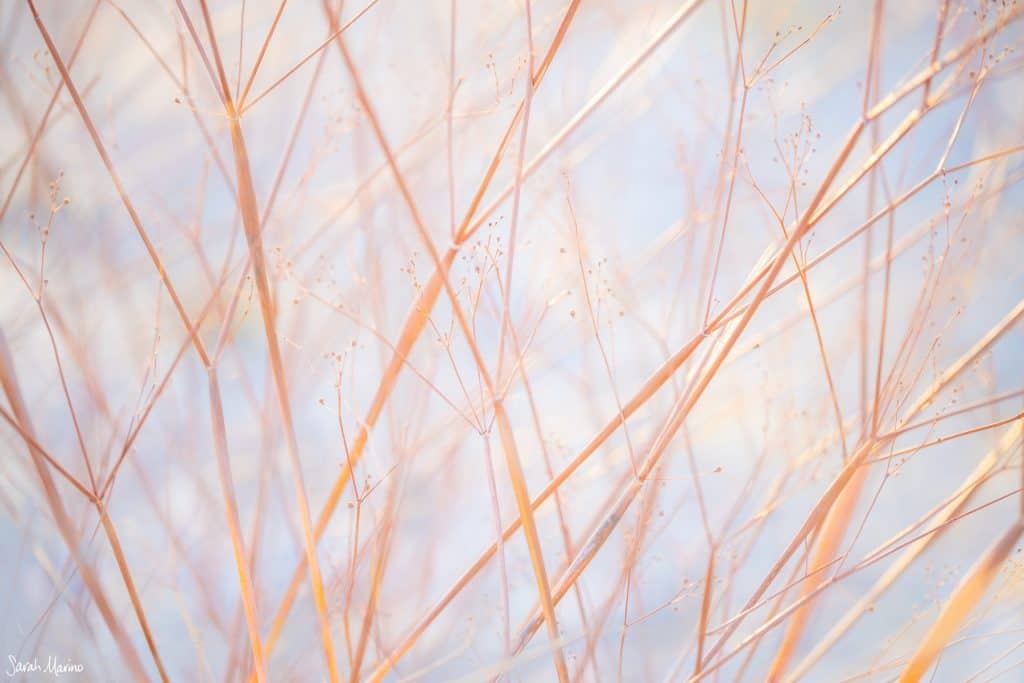
Right + Best + Rules + Laws = The Opposite of Personal Expression
All this advice can help create what might be widely considered an attractive photograph of nature, but all of this advice is also laden with judgement that is disconnected from the more important starting point: an individual photographer’s connection to their subject, intentions, and visual preferences. The sense of strictness embodied in each of these ideas is in total opposition to the concept of photography as a form of personal expression. These conventions and rules might all reflect a popular, common, and sometimes helpful approach but that certainly does not make them “right” or “best.” Additionally, these pieces of advice encourage seeing nature through a set of limitations rather than an expanse of opportunities.
Such directive and judgement-laden statements encourage conformity rather than personal exploration, experimentation, and an individualized path. For those of us that pursue photography as a form of personal expression, our work is one of the most intimate and meaningful ways we have found to express ourselves and our interpretations of the natural world. For such a personal endeavor, it makes little sense to focus so much attention on arbitrary rules and conventions to guide our practices. And, as mentioned in the introduction, getting beyond these ingrained patterns of thinking can become a constant, exhausting battle once a photographer decides to move in a different direction.
So, let’s all stop focusing on and encouraging the “right ways” to pursue landscape and nature photography. Instead of emphasizing rules and conventions, we can start by looking inside ourselves as the primary source of guidance about how to pursue our craft: our motivations, our visual preferences, the subjects we choose to photograph, the light we enjoy the most, the connections we make in nature, and how we want to interpret and present all of these ideas through our finished photographs. These ideas and answers, even if a continual work in progress, should guide our decisions much more than the field’s standard practices.
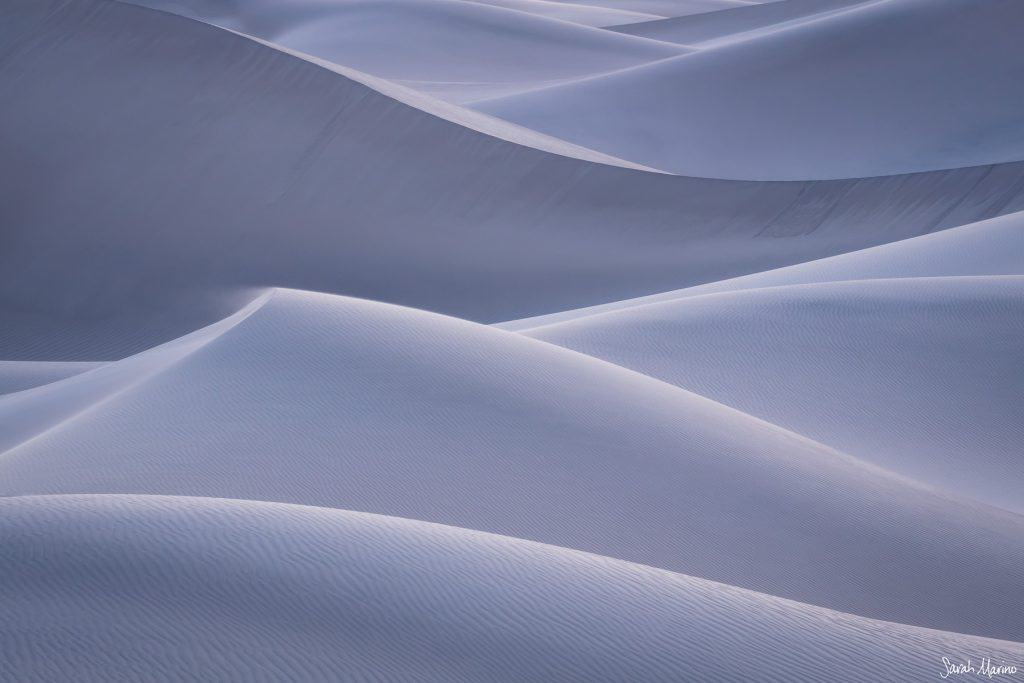
Case Study: Seeing Opportunities Instead of Limitations
My earlier nature photos dutifully conform to many of the conventions I describe above. Conversely, the vast majority of my recent portfolio is centered around photos with these characteristics: symmetrical compositions, patterns and repetition, flat light, soft colors, and mundane subjects. If I had continued to internalize the common ideas about the right way to pursue nature photography, I would never have taken most of these photos – photos that reflect the intimate connections I make with nature and my interpretations of my time spent in wild places.
This latter collection of photos feels much more personal and meaningful, most likely because these photos have a lot more of ME reflected in them. I am not claiming that these photos achieve the highest heights of uniqueness and creative excellence but I can say that they better reflect what I love most about photography and spending time outside. Below, I share three examples of how I have worked to find a more personally-driven approach, after being mired in the rules and conventions discussed above for years. This has required actively forcing those restrictive conventions out of my mind and instead listening to and relying upon my vision when it comes to making decisions about subjects, light, and composition.
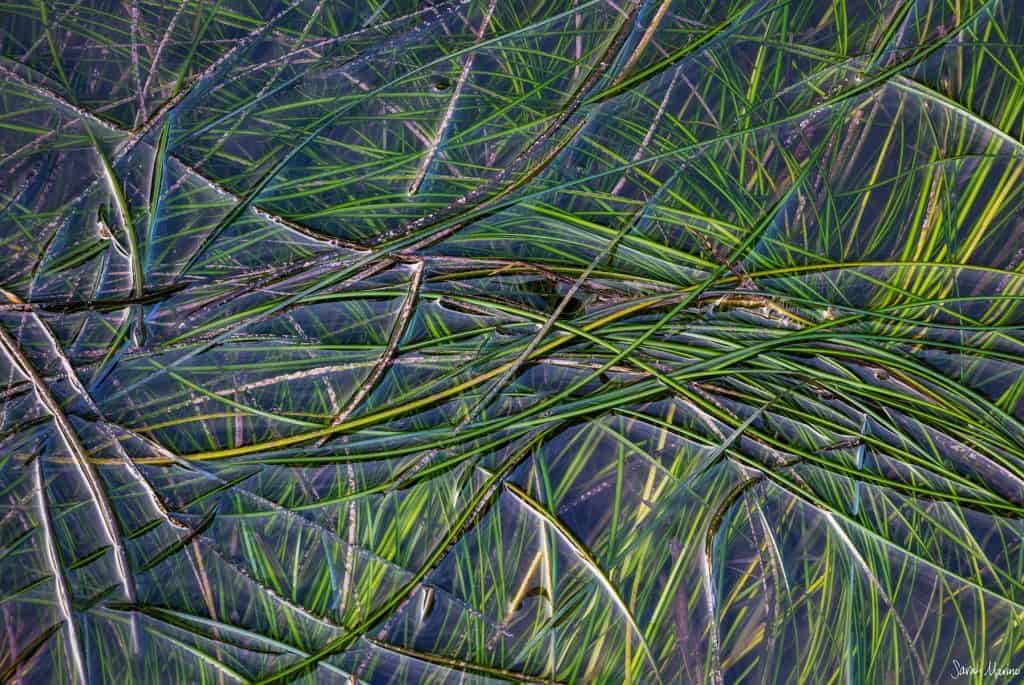
EPIC LOCATIONS, BOLD COLORS and YOU MUST BE PREPARED! I start with the mindset that I can find things to photograph in any natural landscape, so the idea of “best locations” and “best seasons” and “best timing” only limits my opportunities. Whenever I go outside, I find that I gravitate toward the more subtle side of nature. So, now I spend time just wandering around varied wild places to see what I might find (my preparation often begins and ends with a quick glance at a map). After collecting my favorite photos, it is also clear that I gravitate toward softer colors, both in subjects like plants and flowers, and in the sky. I am much happier with a gentle pink sunrise than a screaming red sunset, so I seek out that kind of light. I also find joy in photographing mundane subjects in a way that presents them as beautiful.
If I go into a landscape with only limitations in mind (only the best locations are good enough to photograph, golden hour light is the only light worth photographing, you need to find the best composition, etc), it is unlikely that I will find an abundance of opportunities. So, why not go into each photo outing with a more open mind and see what I find? Not planning allows for serendipity and the ability to respond to the opportunities in front of me instead of the opportunities I imagine in advance that almost never materialize.
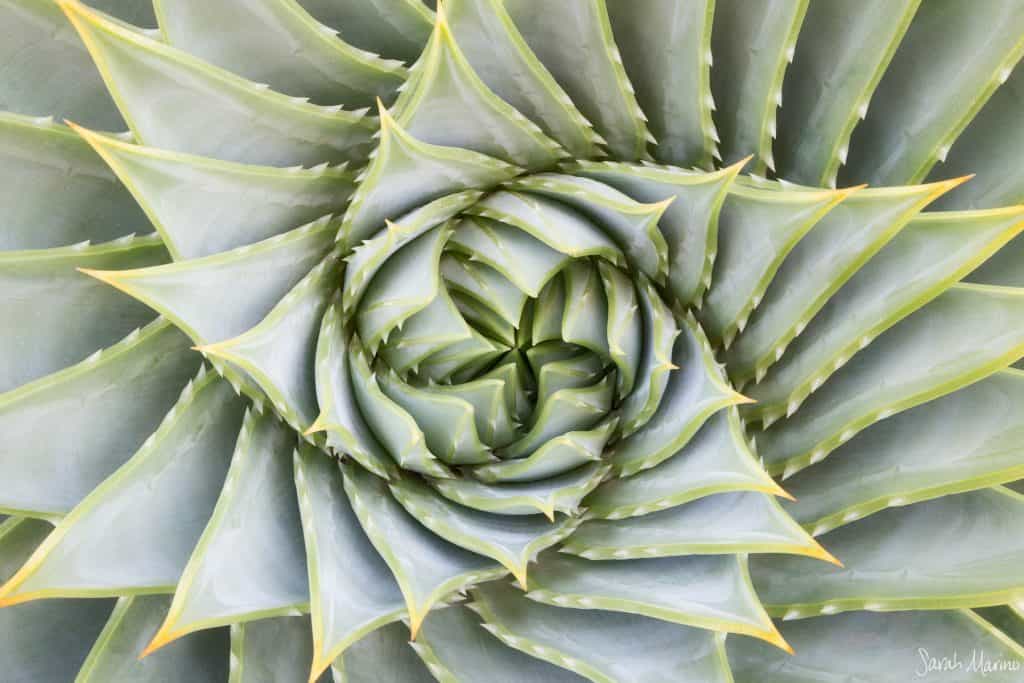
COMPOSITIONS NEED TO… One major theme of my work is finding order, harmony, and grace in nature and then portraying these qualities through my photos. This approach helps ease my busy mind and calm the overwhelming feeling that uncontrolled chaos surrounds me. With MY goals for MY photography in mind, centered, balanced, and symmetrical compositions make sense because such an approach conveys a sense of relaxed peace. What some experts say is the most boring approach to composition ever is often where I find myself feeling at home with my subject. And, I find great joy in finding patterns and repetition – two approaches in which there often is not a dominant subject (which is the whole point of finding and photographing patterns and repetition for me). Instead of starting with arbitrary rules about what makes a good composition or interesting photograph, how about we start with the goal, feeling, or idea we hope to convey through a photo or body of work, and then make our composition decisions in partnership with our goals?
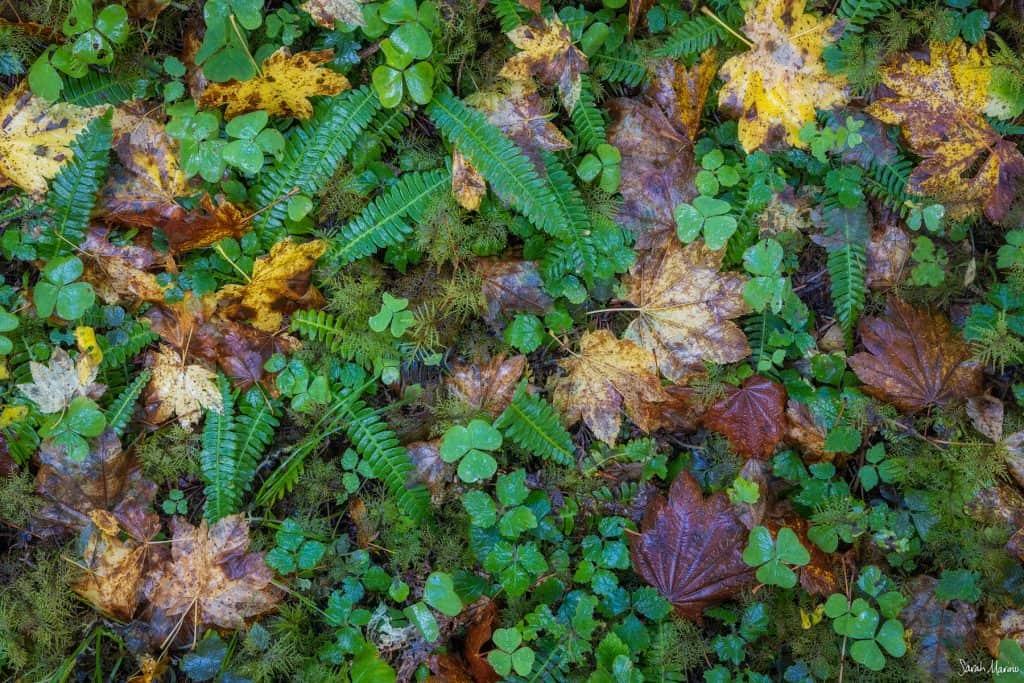
ONLY GO OUT DURING GOOD LIGHT: Common advice about light is another example of how conventions in this field encourage narrow thinking. As with other examples above, the idea that light is “good” or “bad” presents another set of limitations. If I followed the advice to only photograph during the golden hour, I would have never taken the photos that make up about 80% of my portfolio. I prefer to see different opportunities with different kinds of light. I like harsh light because it can create opportunities for high-contrast black and white photographs. Flat light and shade can be perfect for photographing plants and all kinds of other subjects in nature. Back light can make leaves and fuzzy subjects look transparent. And clear days can bring beautiful pinks and blues at the edges of twilight. All of these lighting conditions offer opportunities for photography if you bring an open mind and a willingness to experiment.
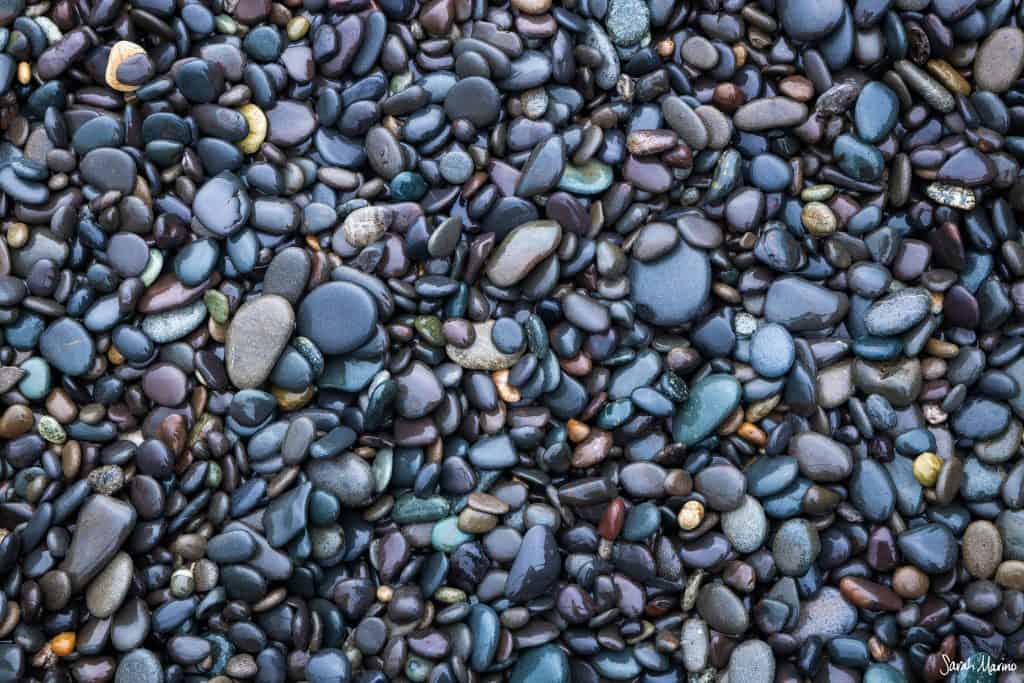
A Better Approach
Although this article is about how you shouldn’t listen to advice about how to do nature photography, I will share a few adaptable ideas that I find to be much more helpful. Instead of listening to and internalizing directive, judgement-laden advice (this is good, that is bad), spend time on learning the basics of visual communication as this approach can offer a helpful basis of knowledge without boxing you in to an approach that might not align with how you wish to express yourself through photography.
If you want to expand your knowledge in a way that supports your development as a photographer, consider learning about the principles of visual design, color theory, and working with all different kinds of natural light. Experiment with what you learn and pursue the ideas that resonate the most. Spend time exploring your motivations, interests, visual preferences, and connections to the natural world and use those ideas to influence how you want to express yourself through photography. Forget the rules and all the judgement-laden statements and instead focus on the ideas and practices that help you express yourself best.

